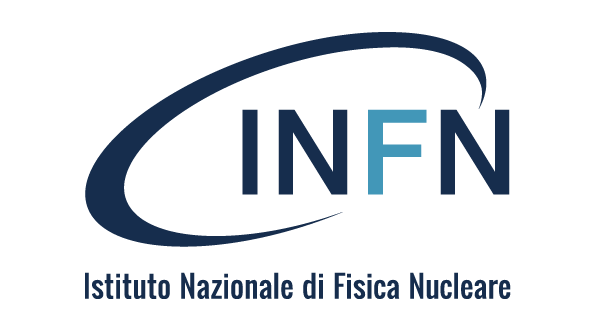PEOPLE
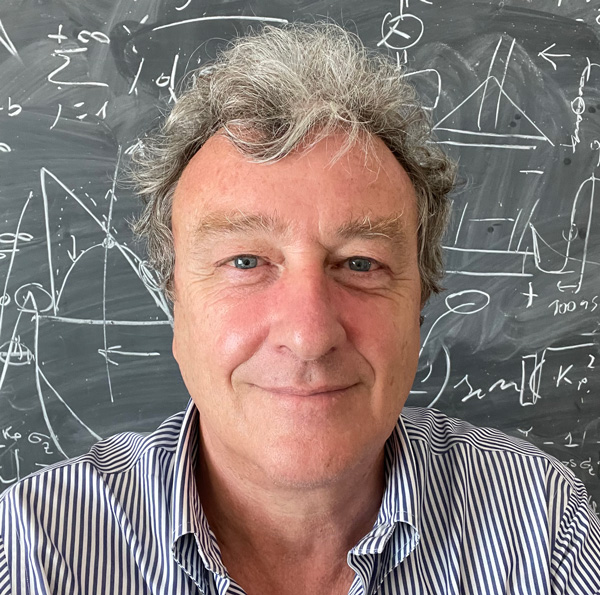
THE FUTURE OF PARTICLE ACCELERATORS ALSO LIES IN PLASMA
Interview with Massimo Ferrario, spokesperson of EuAPS and SPARC_LAB, at Frascati National Laboratories
Among the topics discussed during the annual International Conference on Particle Accelerators (IPAC'23), held last May in Venice Lido, the state of research on plasma accelerators certainly deserves attention: not only for the central role played by Italy, but also for the new and promising scenarios that the advent of this technology seems to shape. A future characterized by the opportunities deriving from easier access to accelerator machines and from an increasingly widespread use of these instruments in different fields. The possibility of realizing a new generation of more compact and cheaper light sources and accelerators, capable of satisfying both the needs of high-energy physics and those of the world of applied research or manufacturing sectors, is in fact the reason for the strong interest in projects that are focusing internationally on the design and development of a plasma particle acceleration technology and its applications. Initiatives like EuPraxia were hence among the themes of IPAC'23 agenda. ...
What is the contribution that basic research can bring to society, in terms of the business and production world, and to the country?
The idea of using a plasma wave to accelerate charged particles is well known, and it dates back to 1979. The principle on which it is based is relatively simple: a plasma as a whole is electrically neutral, containing equal amounts of negatively charged electrons and positively charged ions.NEWS
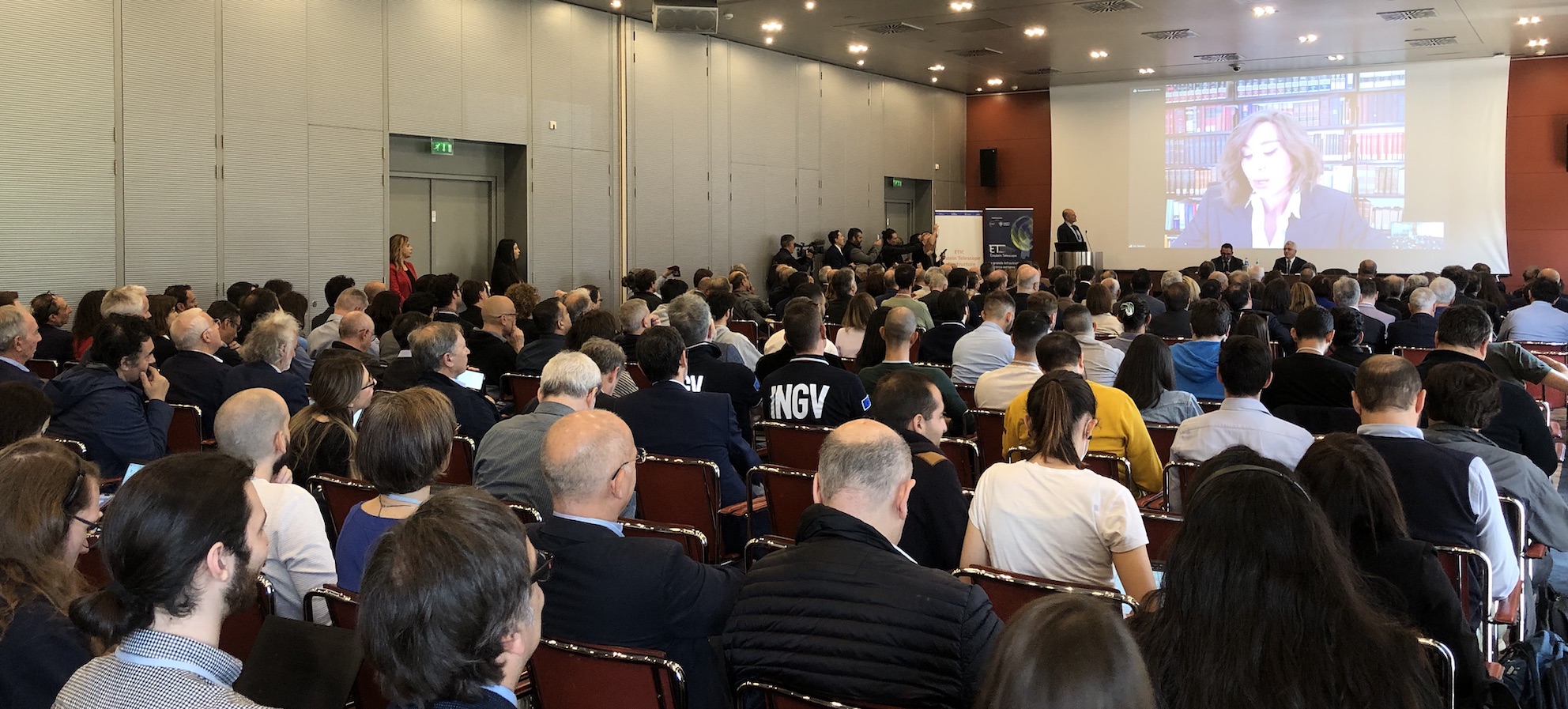
EINSTEIN TELESCOPE
ETIC AND THE ITALIAN CANDIDACY LAUNCHED IN CAGLIARI
At the 13th Symposium of the Einstein Telescope Scientific Collaboration, which was held in Cagliari from 8 to 12 May, on 9 May, the conference hosted an event dedicated to the presentation of the ETIC project, funded with 50 million euro from NRRP funds, under Mission 4 Education and Research coordinated by the Ministry of Universities and Research (MUR).
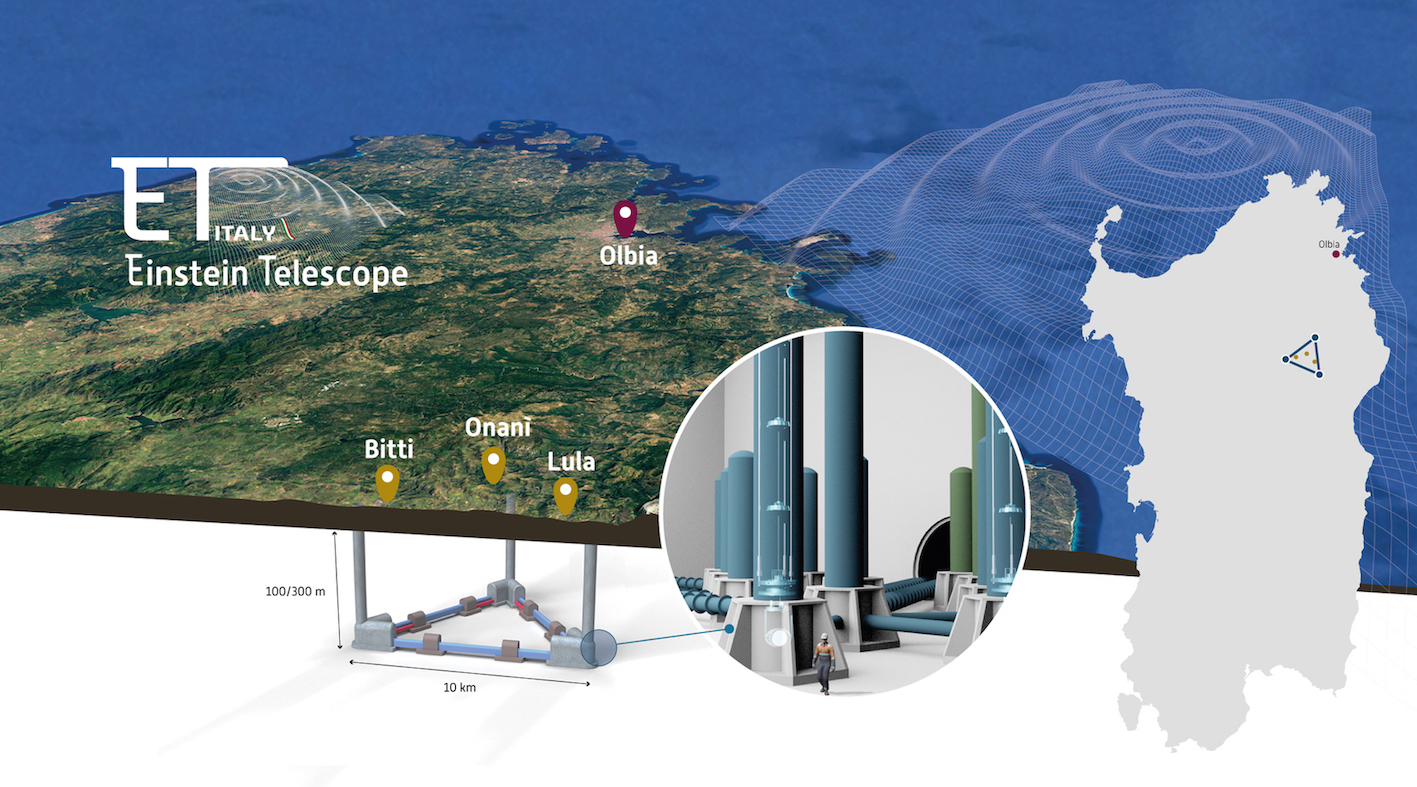
EINSTEIN TELESCOPE
14 MILLION EUROS TENDER FOR ET IN SARDINIA
The main call for tenders for the NRRP ETIC project has been published. It is a European tender worth 14 million euros for the technical and economic feasibility study for the large Einstein Telescope infrastructure in Sardinia.
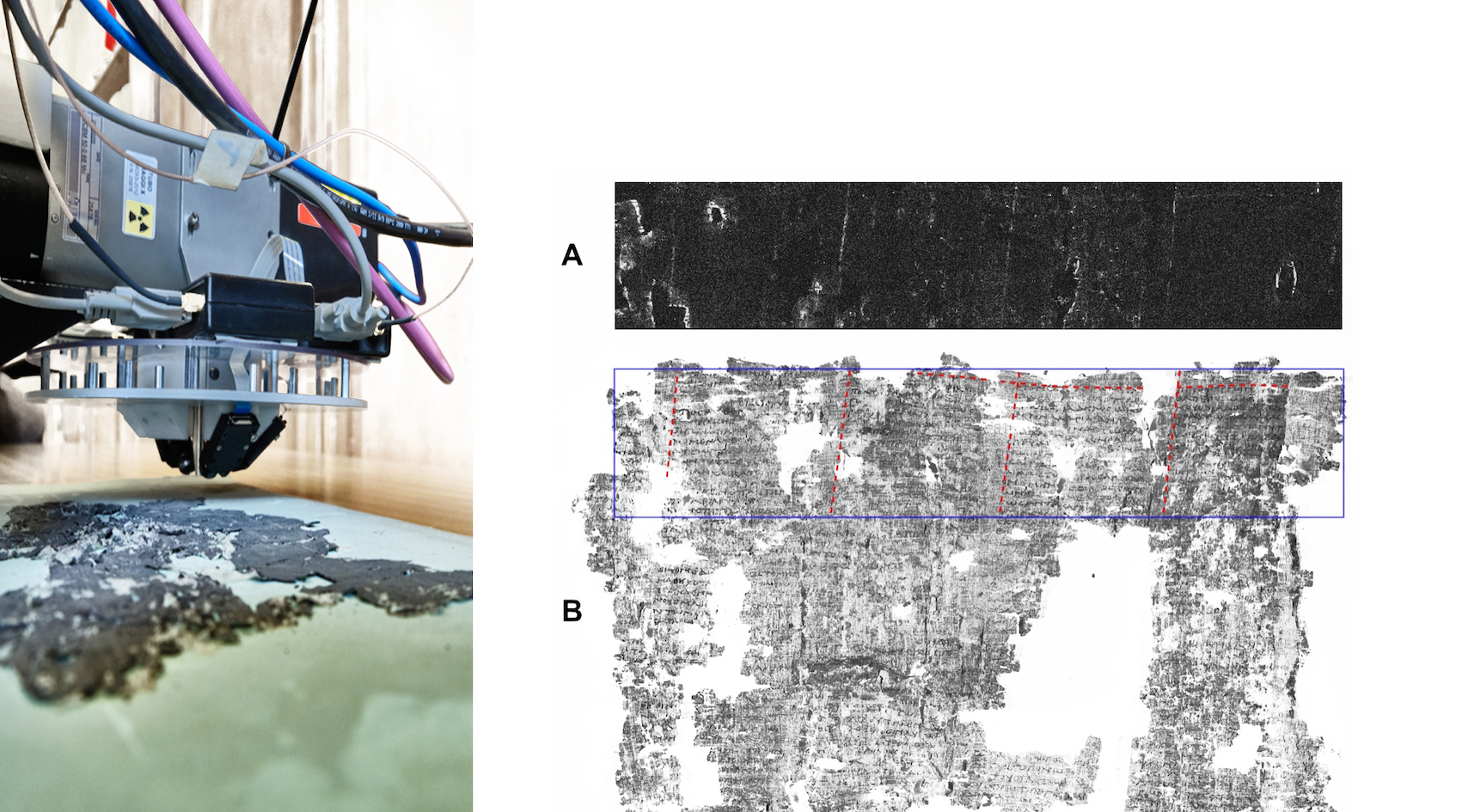
RESEARCH
ROWS AND COLUMNS: THE PAPYRI OF HERCULANEUM UNVEIL GRIDS USED TO DELIMINATE THE MARGINS OF A TEXT
Even the ancient scribes who practiced their art on the Herculaneum papyri used different types of grids to delimit the writing surface. The first scientific confirmation of this habit is due to the results of the team of the ERC Advanced Grant 885222-GreekSchools project, coordinated by Graziano Ranocchia, professor of the Department of Philology, Literature and Linguistics of the University of Pisa.
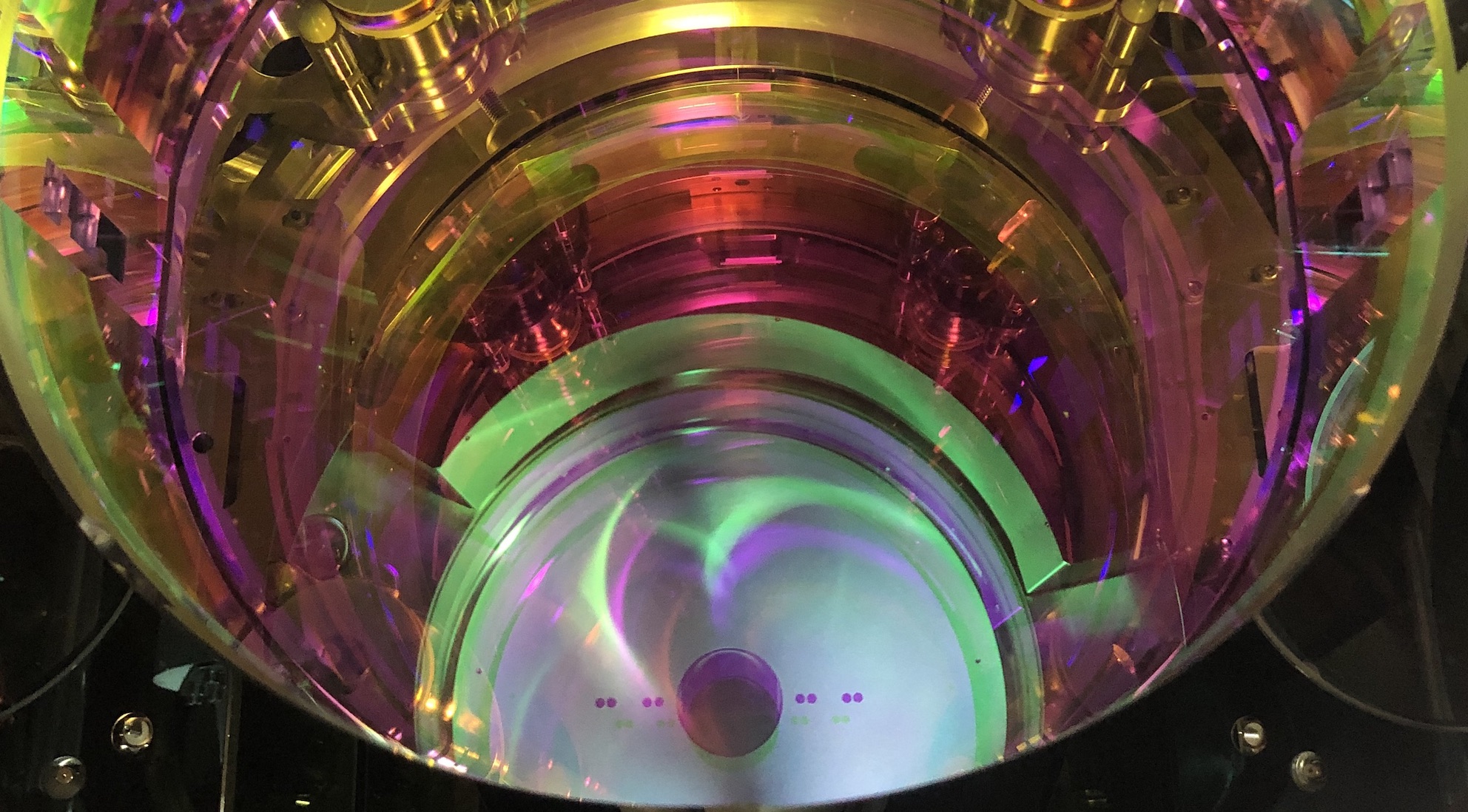
EXPERIMENTS
VIRGO POSTPONES ENTRY INTO O4 OBSERVING RUN
The Virgo Collaboration has decided to postpone the entry of Virgo in the next observing run (O4), scheduled for May 24th, in order to continue the detector commissioning activities and further increase its sensitivity.
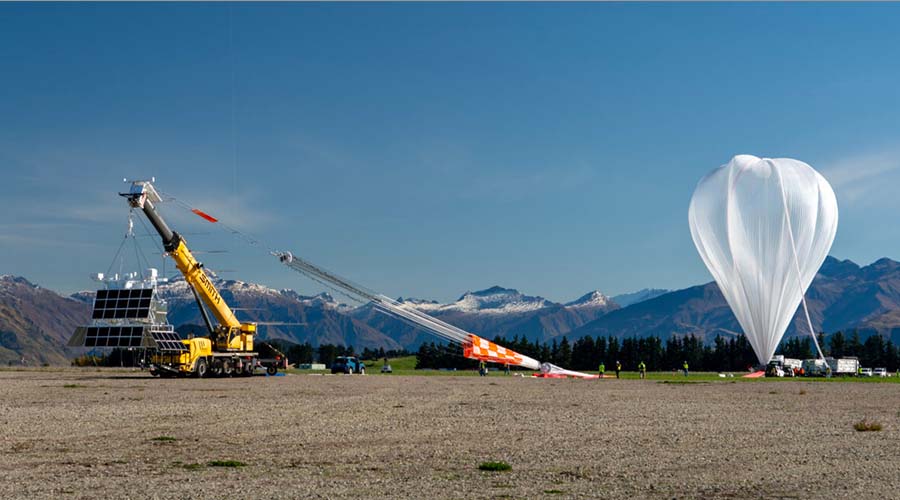
EXPERIMENTS
THE FLIGHT OF THE MISSION EUSO-SPB2, ON A STRATOSPHERIC BALLOON, HAS ENDED
The NASA stratospheric balloon for the EUSO-SPB2 (Extreme Universe Space Observatory - Super Pressure Balloon) mission in, which Italy also participates thanks to ASI Italian Space Agency and INFN, rose into the sky on the morning of Saturday 13 May.
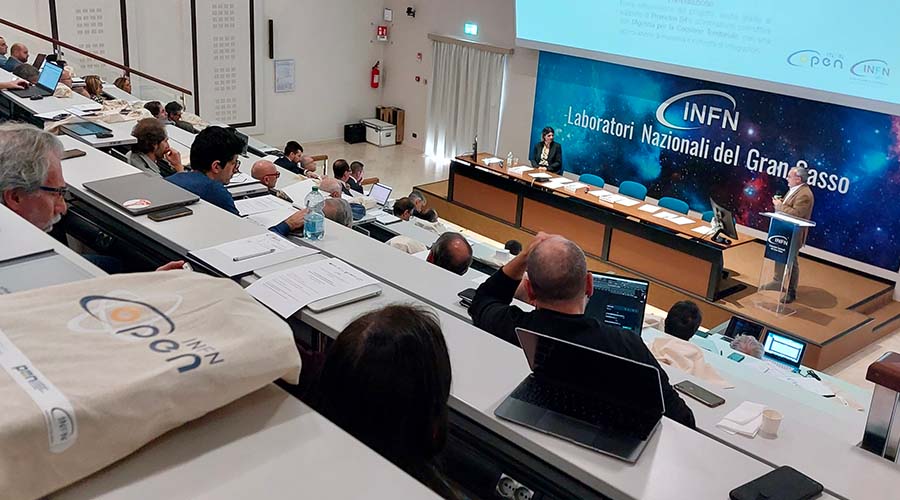
TECHNOLOGY TRANSFER
THE INFN.OPEN PROJECT STARTS
The launch event of the operational phase of INFN.Open (Open INnovation from Fundamental Nuclear research) was held on Tuesday 23 May at the INFN Gran Sasso National Laboratories.
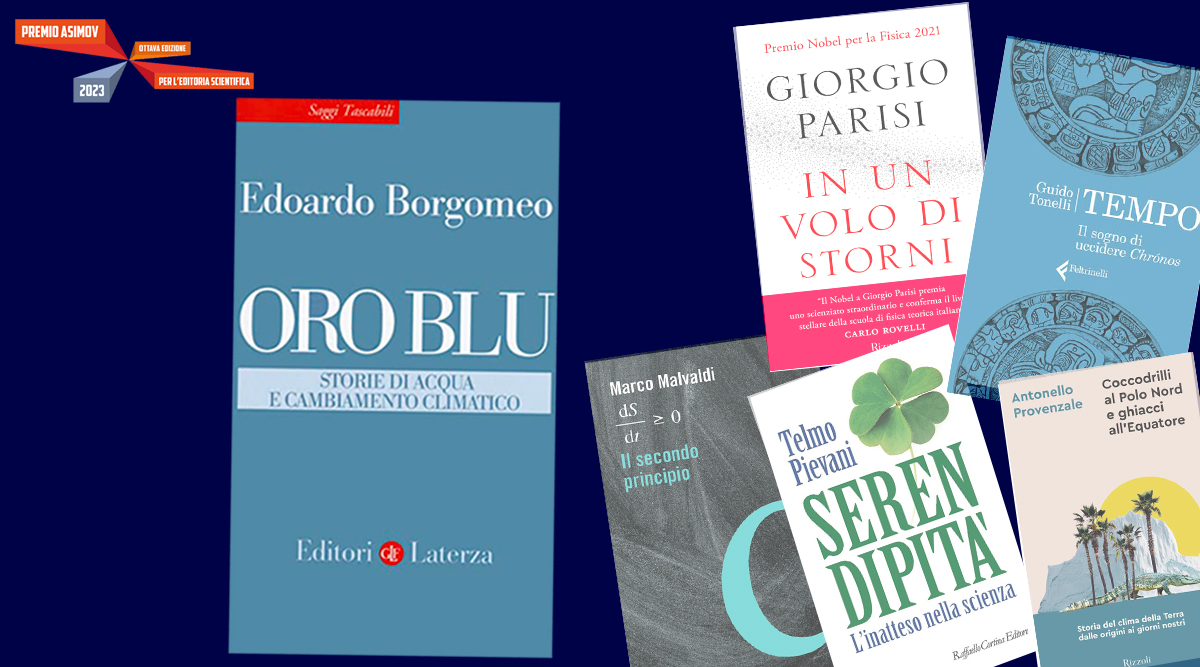
PUBLIC ENGAGEMENT
EDOARDO BORGOMEO WITH "ORO BLU" WINS THE ASIMOV PRIZE 2023
“Blue Gold. Stories of water and climate change” by Edoardo Borgomeo, published by Editori Laterza, is the popular science book that won the ASIMOV Prize this year. With the announcement of the winning book, the eighth edition of the science dissemination and project prize for high schools, promoted by INFN, ended on 6 May.
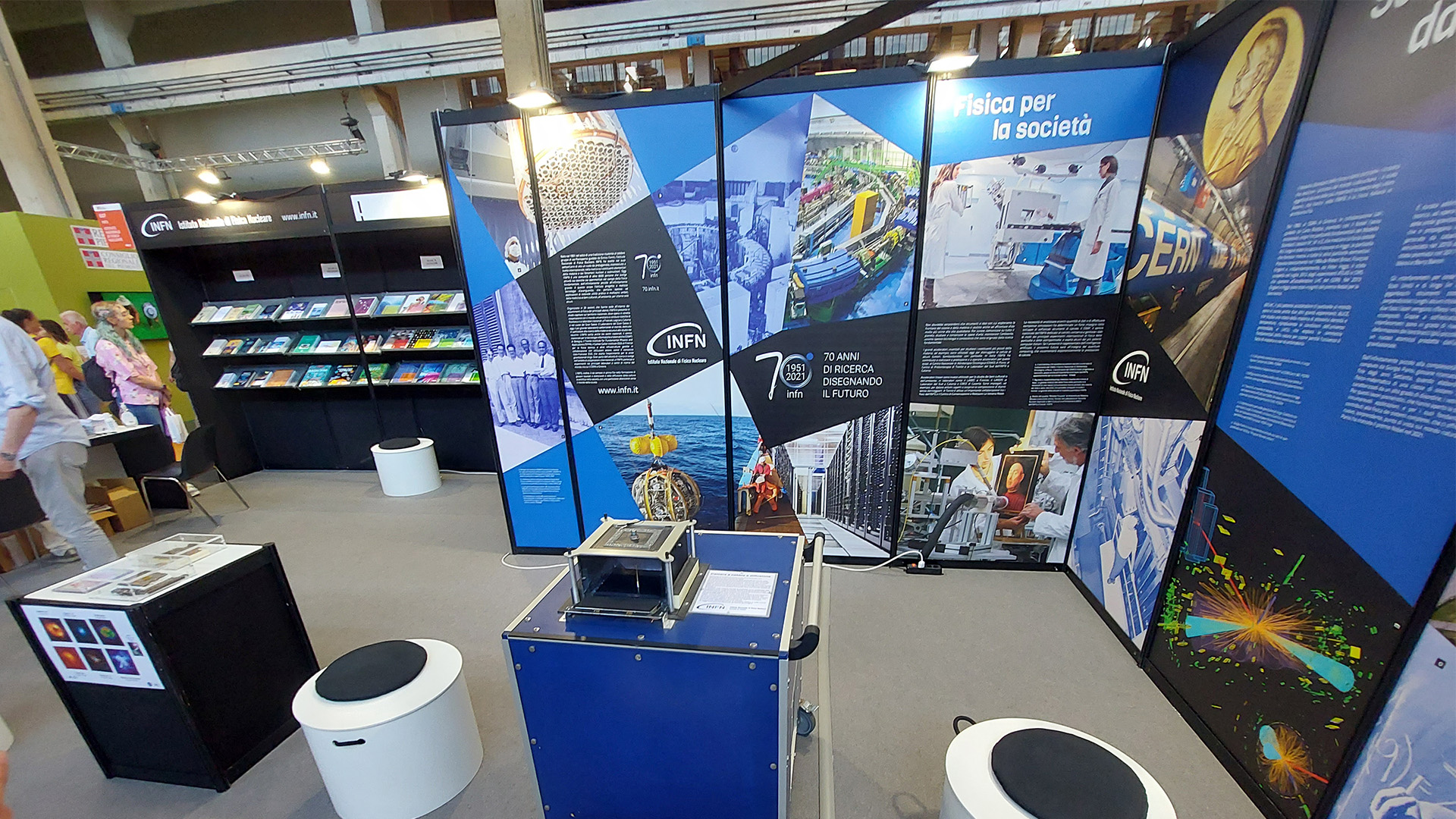
PUBLIC ENGAGEMENT
SCIENCE BETWEEN BOOKS AND GAMES: INFN AT THE TURIN BOOK FAIR
From 18 to 23 May in Turin, in the spaces of Lingotto Fiere, the International Book Fair has been back for its thirty-fifth edition with the theme "Through the looking glass". INFN, a cultural partner of the Book Fair, was present at the great event with its own editorial initiatives and educational and teaching projects.
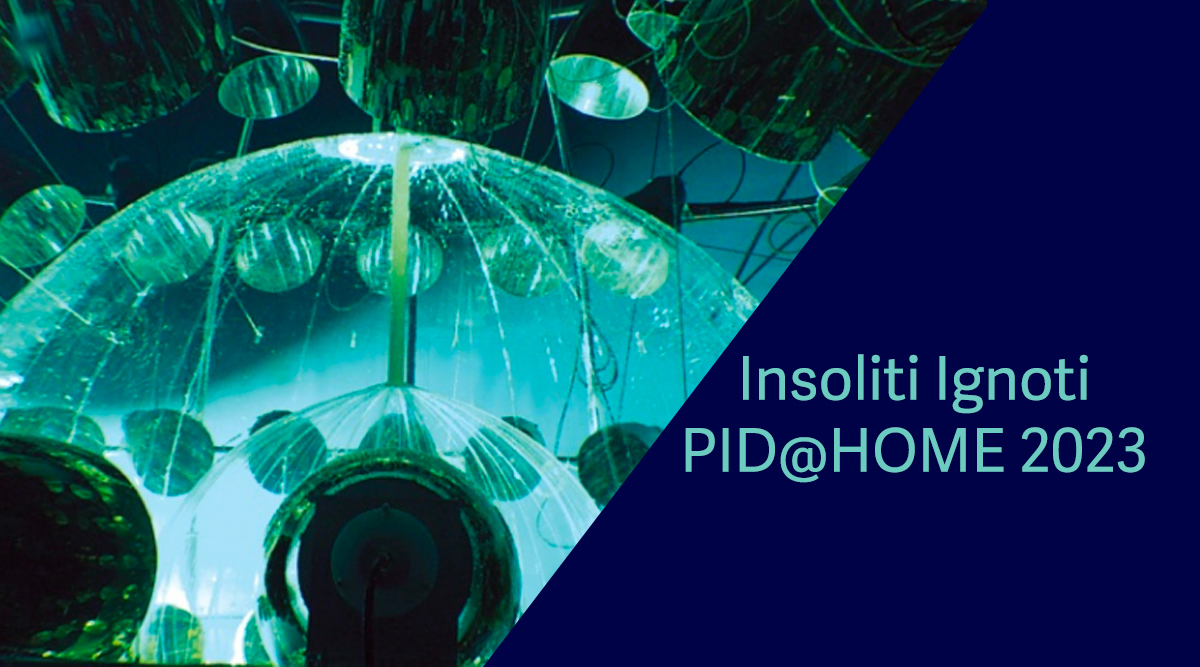
SCHOOLS
OVER 150 TEACHERS DISCOVERING NEUTRINOS WITH THE PID@HOME COURSE
From Pauli's first hypothesis on the existence of a particle that is almost impossible to reveal, to the confirmation of this hypothesis, up to the great experiments which reveal more and more secrets of the universe by detecting neutrinos.

SCHOOLS
SCIENZAPERUTTI ANNOUNCES THE RESULTS OF THE COMPETITION "CI VUOLE IL FISICO!"
Over 1,000 students participated with almost 300 teams, coming from 95 different schools, to the annual competition for secondary schools promoted by INFN.
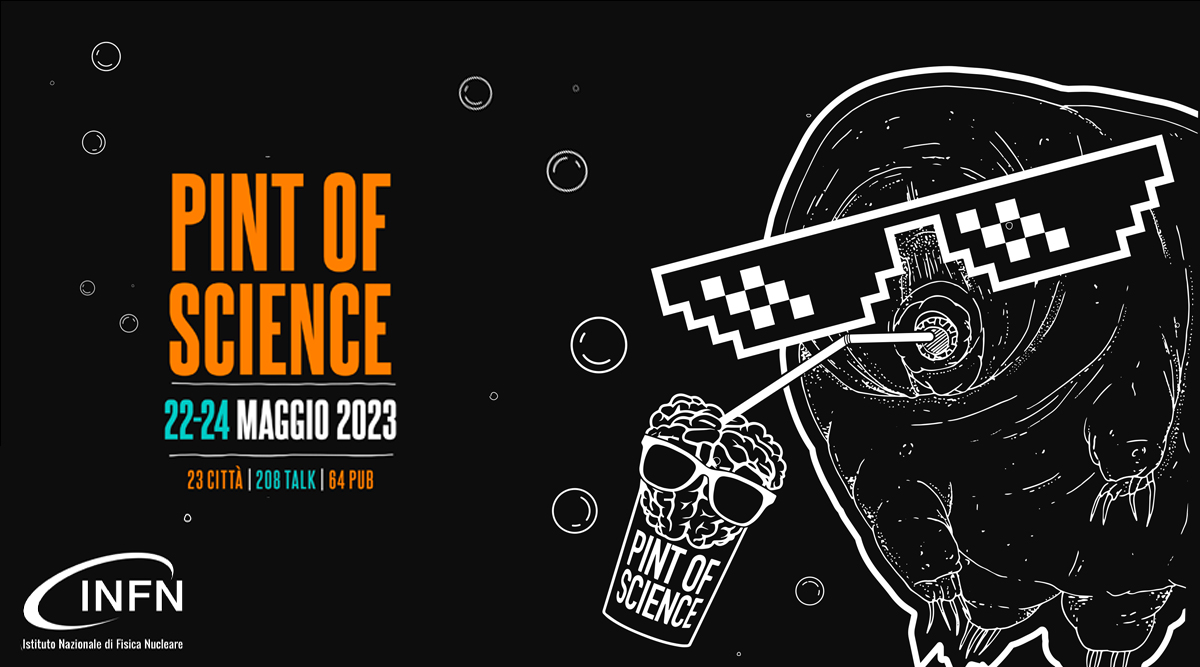
PUBLIC ENGAGEMENT
PINT OF SCIENCE 2023: 23 ITALIAN CITIES BETWEEN BEER AND SCIENCE
The international event for lovers of science and evenings with friends has been back again this year. From 22 to 24 May, many events took place in pubs in 26 countries around the world to talk about science in an informal and engaging way over a beer.
FOCUS
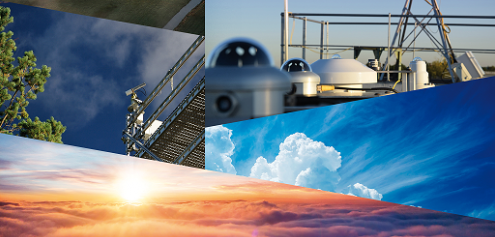 ACTRIS-ERIC LANUNCHED: CUTTING-EDGE DATA AND SERVICES FOR ATMOSPHERIC AND CLIMATE RESEARCH
ACTRIS-ERIC LANUNCHED: CUTTING-EDGE DATA AND SERVICES FOR ATMOSPHERIC AND CLIMATE RESEARCH
ACTRIS-ERIC, the European Research Infrastructure Consortium ACTRIS (Aerosol, Clouds and Trace Gases Research Infrastructure), was formally established on 25 April. Its mission is to provide forefront data and services for research on the atmosphere and climate. The founding countries are 17, and they pool their resources to open access to a wide range of technologies, services and resources in the field of atmospheric sciences. ....
TAKE PART IN
 GRAVITATIONAL WAVES AND SUPERCOMPUTING: INFN AT RIMINI WMF
GRAVITATIONAL WAVES AND SUPERCOMPUTING: INFN AT RIMINI WMF
Research meets innovation: on June 16 at Rimini Fiera, INFN will be at the international fair and festival on technological and digital innovation, Rimini We Make Future. Three INFN events are scheduled, all on the second day of the festival. The program of the festival, which ranges across different themes, includes a panel focused on the Einstein Telescope, the new generation gravitational wave observatory, and another one about the technology transfer strategies implemented by different research institutions. ...
INFORMATION AND CONTACT
Images cover
Cover image: Plasma production ©INFN/LNF
Archive Newsletter INFN
INFN - COMMUNICATIONS OFFICE
comunicazione@presid.infn.it
+39 06 6868162
EDITORIAL BOARD
Coordination:
Antonella Varaschin
Project and contents:
Cecilia Collà Ruvolo, Eleonora Cossi, Matteo Massicci, Anna Greco, Francesca Mazzotta, Francesca Scianitti, Antonella Varaschin
Design and Mailing Coordinator:
Francesca Cuicchio
Gaia Stirpe
Translation
ALLtrad
ICT service:
Servizio Infrastrutture e Servizi Informatici Nazionali INFN
